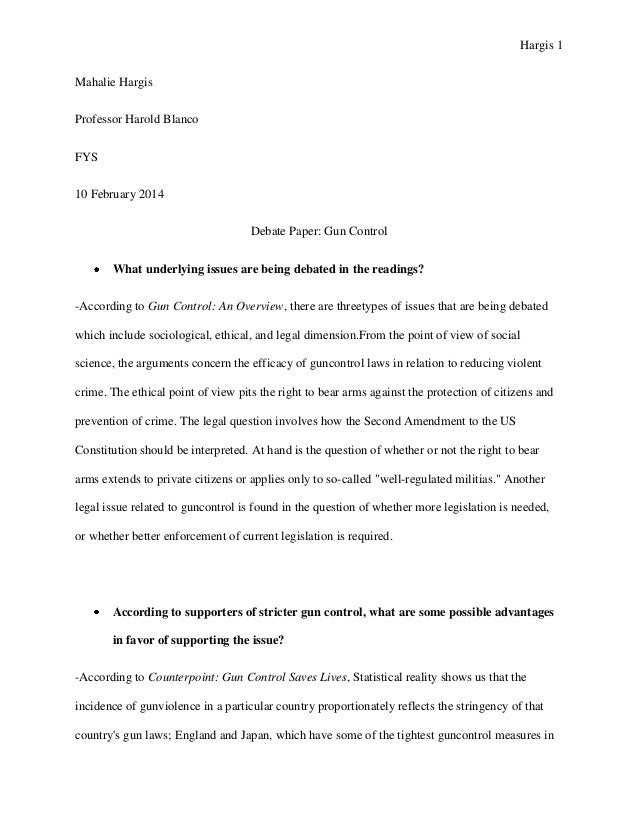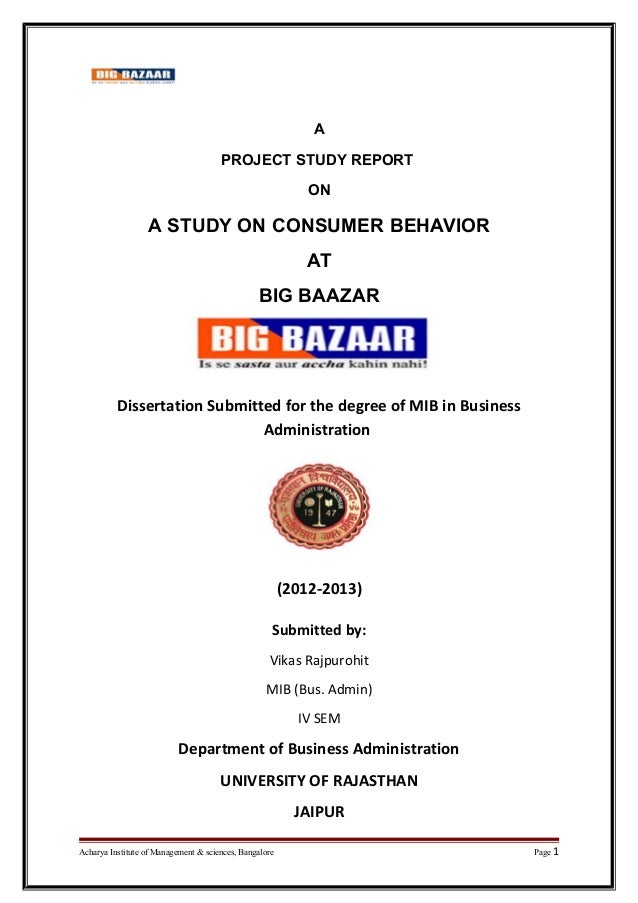Plants Profile for Mnium (mnium calcareous moss).
Moss Reproductive OrganVWR offers slides for the varied purposes of your lab. Prepared and digital microscope slides for educational purposes are featured in an array of fields. General purpose microscope slides and cover glasses are offered as well as cavity, chamber, adhesion, and microarray slides for more specific research needs. Disposable and reusable options of varying thickness and.
Disclaimer: ITIS taxonomy is based on the latest scientific consensus available, and is provided as a general reference source for interested parties. However, it is not a legal authority for statutory or regulatory purposes. While every effort has been made to provide the most reliable and up-to-date information available, ultimate legal requirements with respect to species are contained in.

The Plants Database includes the following 9 species of Mnium .Click below on a thumbnail map or name for species profiles.

Mnium stellare, the starry thyme-moss or stellar calcareous moss, is a moss species in the genus Mnium. References.

Statistics. The Plant List includes 308 scientific plant names of species rank for the genus Mnium.Of these 31 are accepted species names. The Plant List includes a further 123 scientific plant names of infraspecific rank for the genus Mnium.We do not intend The Plant List to be complete for names of infraspecific rank. These are primarily included because names of species rank are synonyms of.

Mosses such as Mnium hornum are true land plants; they don't normally live underwater. Unlike the green algae, their bodies show a greater degree of tissue differentiation. However, they are only able to grow and reproduce in wet environments because they lack some of the more elaborate adaptations to dry environments that are found in the.

Genus Mnium Genus MNIUM, Linn. The species of the Genus Mnium are handsome mosses, usually tall and robust, with large, translucent leaves. They may be looked for about the bases of trees, on lawns, along roadsides, and in damp woods.

Mnium Name Homonyms Mnium Mnium Hedw. Bibliographic References. Farr, E. R.; Zijlstra, G. (eds). (1996-current). Index Nominum Genericorum (ING). A compilation of generic names published for organisms covered by the ICN: International Code of Nomenclature for Algae, Fungi, and Plants. (previously: organisms covered by the International Code for.

This page was last edited on 6 June 2019, at 23:45. Text is available under the Creative Commons Attribution-ShareAlike License; additional terms may apply.By using.

A key and a plan of tentative classification of the fundamental families of medical fungi are given. It is based on the presence, in tissues or cultures, of different categories of true spores, conidia and vegetative spores (thallospores). The most important “medical” genera of fungi, with type species, basonym, author and data for each.

Sexual reproduction in Marchantia is oogamous. All species are dioecious. Male reproductive bodies are known as antheridia and female as archegonia. Antheridia and archegonia are produced an special, erect modified lateral branches of thallus called antheridiophore and archegoniophore arpocephalum) respectively (Fig. 5 A, B).

Moss females gametophyte siteVWR offers slides for the varied purposes of your lab. Prepared and digital microscope slides for educational purposes are featured in an array of fields. General purpose microscope slides and cover glasses are offered as well as cavity, chamber, adhesion, and microarray slides for more specific research needs.

Top Categories. Chemicals. Choose from over 850 chemical products in chemical grades, sizes and concentrations to meet your needs. AP Chemistry. Carolina offers the highest quality kits for a hands-on approach within AP Chemistry classrooms.



